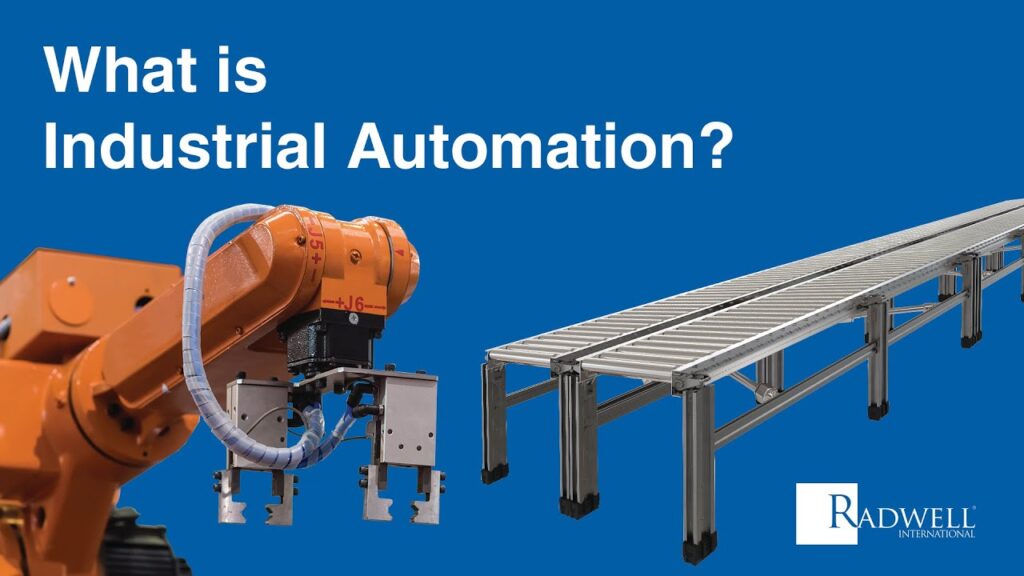Industrial automation is a field that has revolutionized the way manufacturing processes are carried out. It involves the use of various technologies and machinery to automate tasks that were traditionally performed by humans. In this article, we will dive into the concept of industrial automation, specifically focusing on industrial automation robots.
Industrial automation is the use of control systems, such as robots or computers, to handle different processes and tasks in an industrial setting. By implementing automation, companies can improve efficiency, reduce human error, and increase productivity. One of the key components of industrial automation is the use of robots.
Robots have become an integral part of industrial automation. These machines are designed to perform repetitive tasks with precision and accuracy. They can be programmed to carry out specific actions and can work non-stop, making them ideal for tasks that require high speed and continuous operation.
Industrial automation robots come in different shapes and sizes, depending on the specific task they are designed for. For instance, there are robots that are specifically designed for welding operations, while others are made for material handling tasks. Regardless of their specific function, these robots have one thing in common: they are designed to work alongside humans and assist them in completing their tasks.
The integration of robots in industrial automation has brought several advantages for companies. Firstly, robots can carry out tasks that are deemed dangerous for humans. For example, in industries such as chemicals or mining, where there is a risk of exposure to hazardous materials, robots can be employed to handle such tasks, minimizing the risk to human workers.
Secondly, robots can work at a much faster pace compared to humans. They can carry out repetitive tasks without getting tired or losing concentration, thereby increasing productivity and output. In addition, robots can work in environments that may not be suitable for humans, such as extreme temperatures or high radiation areas.
Furthermore, industrial automation robots can also improve the overall quality of products. With their precise movements and consistent performance, robots can produce goods that have minimal defects. This not only saves costs for companies by reducing the amount of waste generated but also ensures that customers receive high-quality products.
The use of industrial automation robots has also had an impact on the job market. While the integration of robots may have led to job losses in some areas, it has also created new job opportunities. Companies need skilled workers to operate and maintain these robots, and with the advancements in technology, there is a need for technicians and engineers who can design and program these machines.
In conclusion, industrial automation, with its focus on robots, has transformed the manufacturing landscape. The use of robots has enabled companies to improve efficiency, increase productivity, and enhance the quality of their products. While there may be concerns about job losses, it is important to recognize the new job opportunities that have emerged as a result of automation. As technology continues to advance, the role of industrial automation robots will become even more crucial in shaping the future of manufacturing.
Industrial Robot
“A Comprehensive Guide to Industrial Automation: Enhancing Efficiency and Productivity through Robotic Automation Processes”


